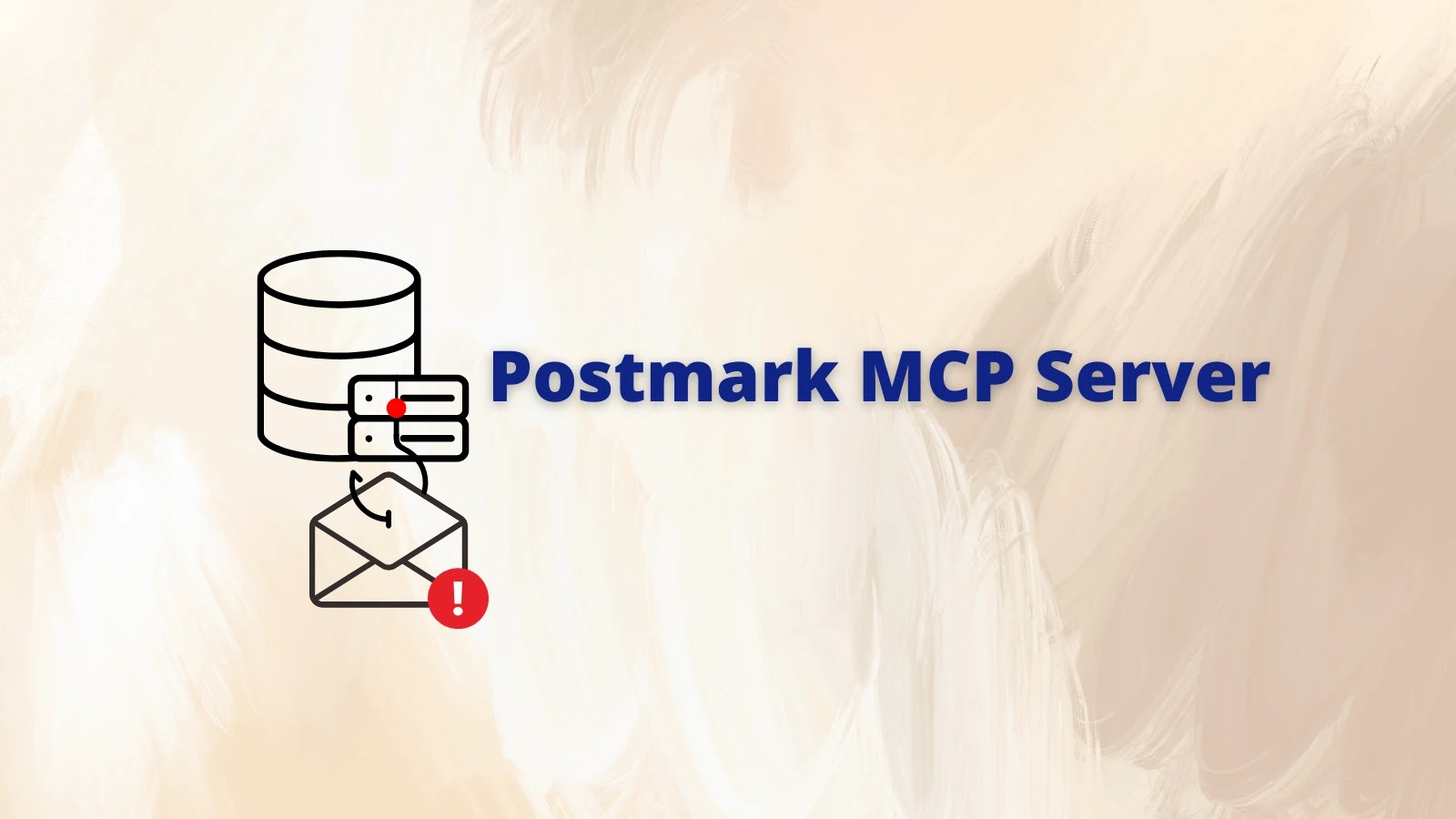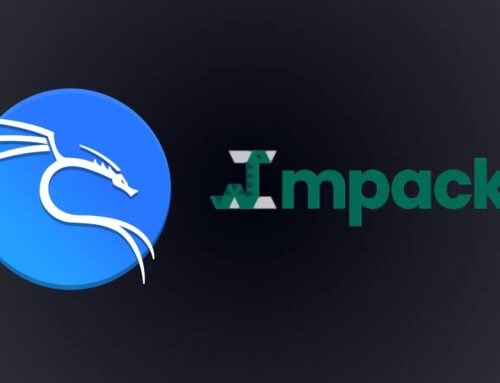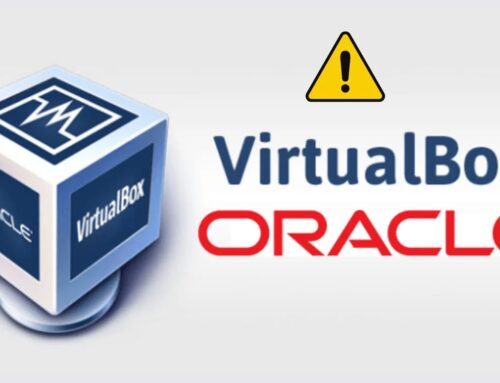
Fake Postmark MCP Server Silently Stole Thousands of Emails With a Single Line of Malicious Code
The Silent Thief: How a Fake Postmark MCP Server NPM Package Exfiltrated Thousands of Emails
The digital supply chain, while a cornerstone of modern software development, presents a constant battleground for cybersecurity. A recent, sobering incident highlights this reality: a malicious npm package, cleverly masquerading as the official Postmark Message Central Point (MCP) server, silently pilfered thousands of user emails. This wasn’t a complex, multi-stage attack; it was a deceptive long-con, exploiting trust and a single line of malicious code.
The Deceptive Evolution of “postmark-mcp”
The npm registry is a vast repository of modules, vital for developers worldwide. This incident centered around a package named “postmark-mcp.” Initially, this package appeared innocuous. From versions 1.0.0 through 1.0.15, it built a veneer of legitimacy, mirroring the functionality expected of a Postmark MCP server. This incremental release strategy is key to understanding the attack’s subtlety. By consistently delivering seemingly benign updates, the package established a foundation of trust within the developer community.
Then, the switch occurred. In version 1.0.16, the package introduced its malevolent payload. This was not a wide-ranging, easily detectable backdoor. Instead, it was a
single line of code designed to exfiltrate user emails to an external server. This stealthy approach underscores the challenges in supply chain security, where even seemingly minor updates can harbor significant threats.
Understanding the Attack Vector: NPM Supply Chain Compromise
This attack is a classic example of a supply chain compromise affecting the npm ecosystem. Developers often integrate third-party packages to expedite development, trusting that these modules are secure. However, as demonstrated by “postmark-mcp,” this trust can be exploited. Malicious actors can:
- Publish entirely new malicious packages under deceptive names.
- Compromise legitimate developer accounts to inject malicious code into existing packages.
- Introduce backdoors in seemingly harmless updates, waiting for widespread adoption.
The “postmark-mcp” incident falls into the latter category, a slow burn of trust-building followed by a targeted payload delivery. While a specific CVE was not immediately assigned to this incident (as it often reflects vulnerabilities in software, not necessarily malicious package distribution directly), the impact on organizations using this package was undoubtedly severe.
Remediation Actions for Developers and Organizations
Protecting against such sophisticated supply chain attacks requires a multi-layered approach. For those who may have unknowingly incorporated the malicious “postmark-mcp” module, immediate action is paramount.
- Audit Dependencies: Immediately scan your project’s
package.jsonandpackage-lock.json(oryarn.lock) files for the “postmark-mcp” package, specifically targeting versions 1.0.16 and above. - Isolate and Remove: If found, cease using any application that incorporates this malicious package. Remove the dependency and thoroughly clean your development environment.
- Credential Rotation: Assume that any email credentials or API keys that passed through applications using the compromised package are now compromised. Rotate all relevant secrets, including email account passwords, API tokens, and any other sensitive information.
- Email Account Monitoring: Increase vigilance on email accounts that may have been compromised. Look for unusual login attempts, unauthorized access, or suspicious sent emails.
- Incident Response: If your organization was affected, initiate your incident response plan. Document the breach, assess the scope of compromised data, and inform relevant stakeholders and, if necessary, regulatory bodies.
- Implement Strict Access Controls: Ensure that only necessary personnel have access to publish or modify npm packages used by your organization. Implement multi-factor authentication (MFA) for all npm accounts.
- Regular Dependency Scanning: Integrate automated tools into your CI/CD pipeline to scan for known vulnerabilities and malicious packages.
- Review Package Integrity: Before adopting new npm packages, especially those that interact with sensitive data, review their source code, check for recent changes, and verify the publisher’s reputation.
Tools for Enhanced Supply Chain Security
Leveraging specialized tools can significantly bolster your defense against malicious npm packages and other supply chain threats:
| Tool Name | Purpose | Link |
|---|---|---|
| npm audit | Identifies known vulnerabilities in npm dependencies. | https://docs.npmjs.com/cli/v8/commands/npm-audit |
| Snyk | Automated dependency scanning, vulnerability fixes, and license compliance. | https://snyk.io/ |
| Dependabot | Automatically updates dependencies to fix vulnerabilities. | https://github.com/dependabot |
| WhiteSource Bolt | Open-source security and license compliance directly in your CI/CD. | https://www.whitesourcesoftware.com/free-developer-tools/bolt/ |
| OpenSSF Scorecard | Evaluates open-source projects for security best practices. | https://github.com/ossf/scorecard |
Lessons Learned: Vigilance in the Digital Supply Chain
The “postmark-mcp” incident serves as a stark reminder that even seemingly minor components in the software supply chain can pose significant risks. The meticulous approach of building trust over multiple versions before deploying a backdoor highlights the evolving sophistication of attackers. For developers and organizations, the lesson is clear: continuous vigilance, robust dependency management, and a proactive security posture are no longer optional but essential for safeguarding sensitive data and maintaining operational integrity.





